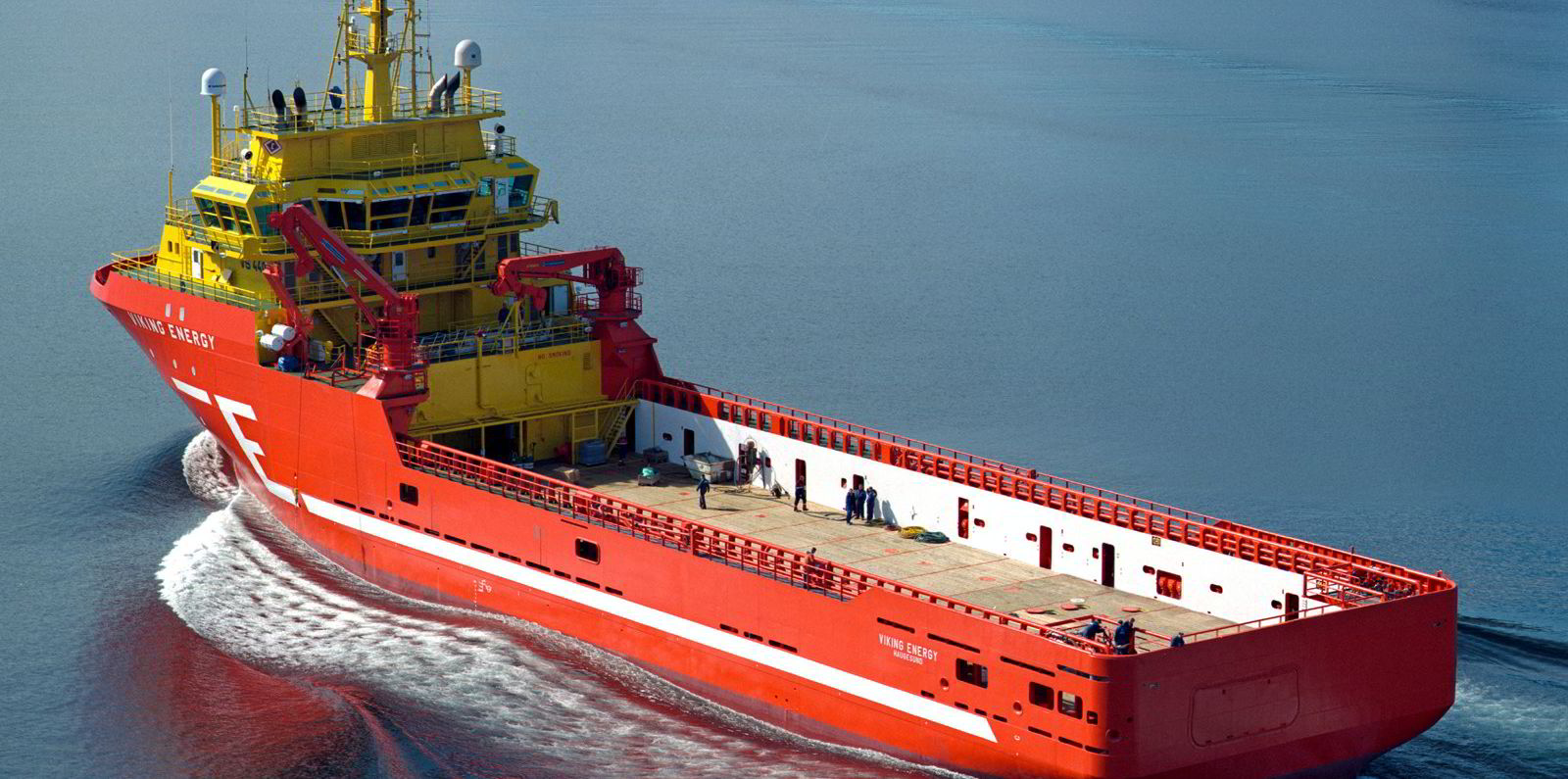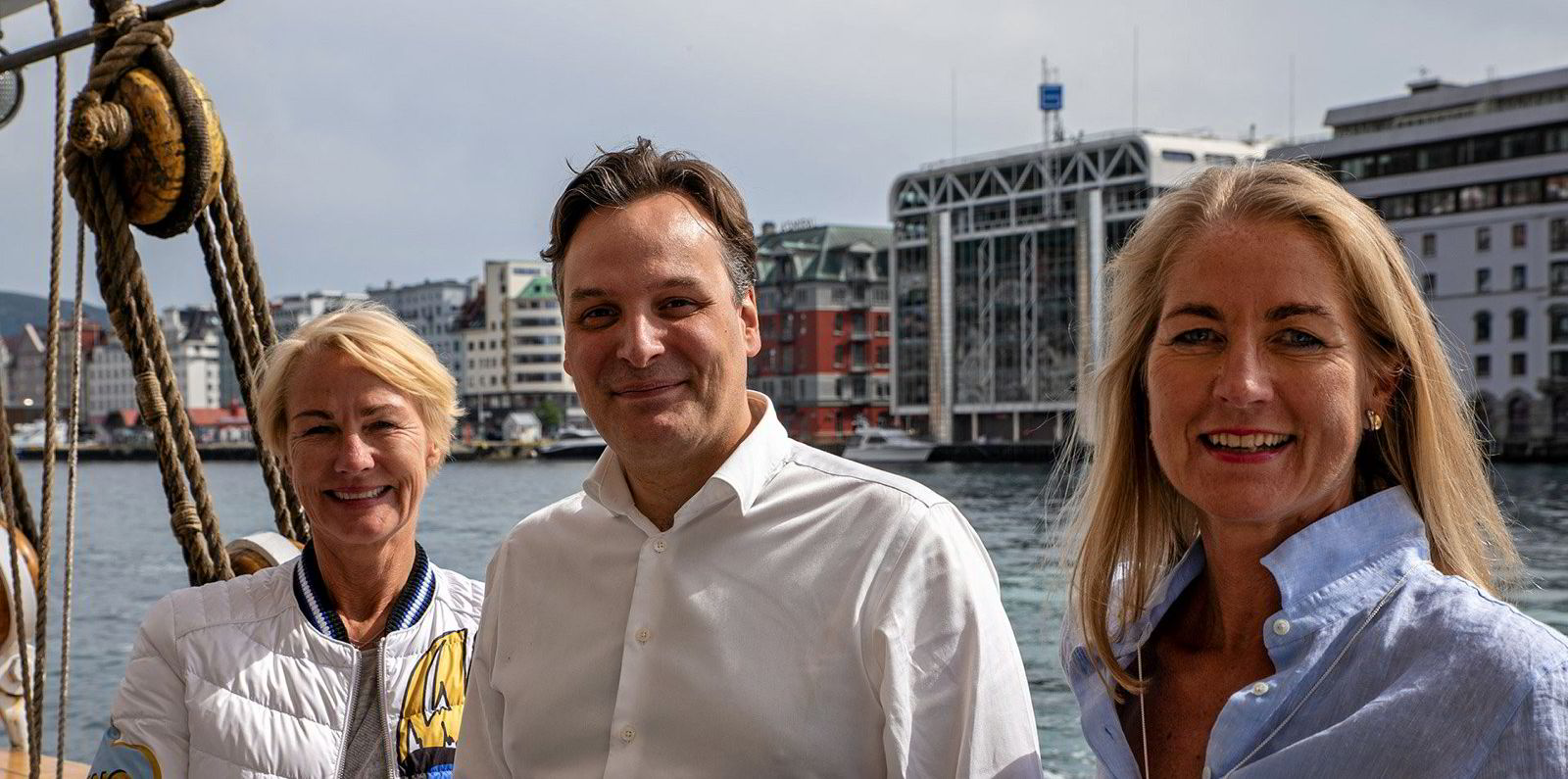Ammonia has a bright future as marine fuel in the long run, but technical challenges will need to be overcome first, according to US-based classification society ABS.
With the International Maritime Organization aiming to halve shipping emissions by 2050, the fuel is gaining traction in shipping as it emits no CO2 during combustion.
“Ammonia is a promising zero-carbon fuel that can help meet the IMO’s GHG [greenhouse gas] reduction target for 2050,” said ABS senior vice president Patrick Ryan.
“It offers shipowners and operators a zero-carbon tank-to-wake emissions profile but is not without challenges, not least the greater prescriptive requirements for containment and equipment than most of the other alternative fuels under consideration.”
Ammonia requires about 2.4 times more tank volume than heavy fuel oil — the conventional bunker fuel — to generate the same energy, according to an ABS report.
Moreover, ABS said ammonia tanks have to comply with IMO safety codes on minimum distances from a hull’s shell and accommodation space, among other design requirements.
Being highly toxic and corrosive, ammonia needs a handling system composed of stainless-steel tanks and piping, as well as specialised sealants such as Teflon.
Strong prospects
Some shipowners, yards and engine makers have launched pilot projects to develop ammonia-powered vessels despite those challenges.
Backed by Norwegian funding scheme Pilot-E, Grieg Star is working with Wartsila to build the world's first tanker to ship and run on ammonia.
The vessel will distribute the fuel from a planned factory powered by renewable energy in Berlevag to locations and end users along the coast.
As part of the European Union’s ShipFC project, an ammonia-driven fuel cell will be fitted aboard Eidesvik Offshore’s 6,000-dwt platform supply vessel Viking Energy (built 2003) by 2023. Yara International has been contracted to supply the ammonia, which will be produced by electrolysis.
ABS has forecast ammonia and hydrogen could together account for more than 30% of the global bunker mix in 2050.
Its growth is driven by its zero-carbon content, ease of distribution, storage and bunkering compared with hydrogen, and compatibility with existing and emerging technologies for propulsion and power generation, according to ABS.






